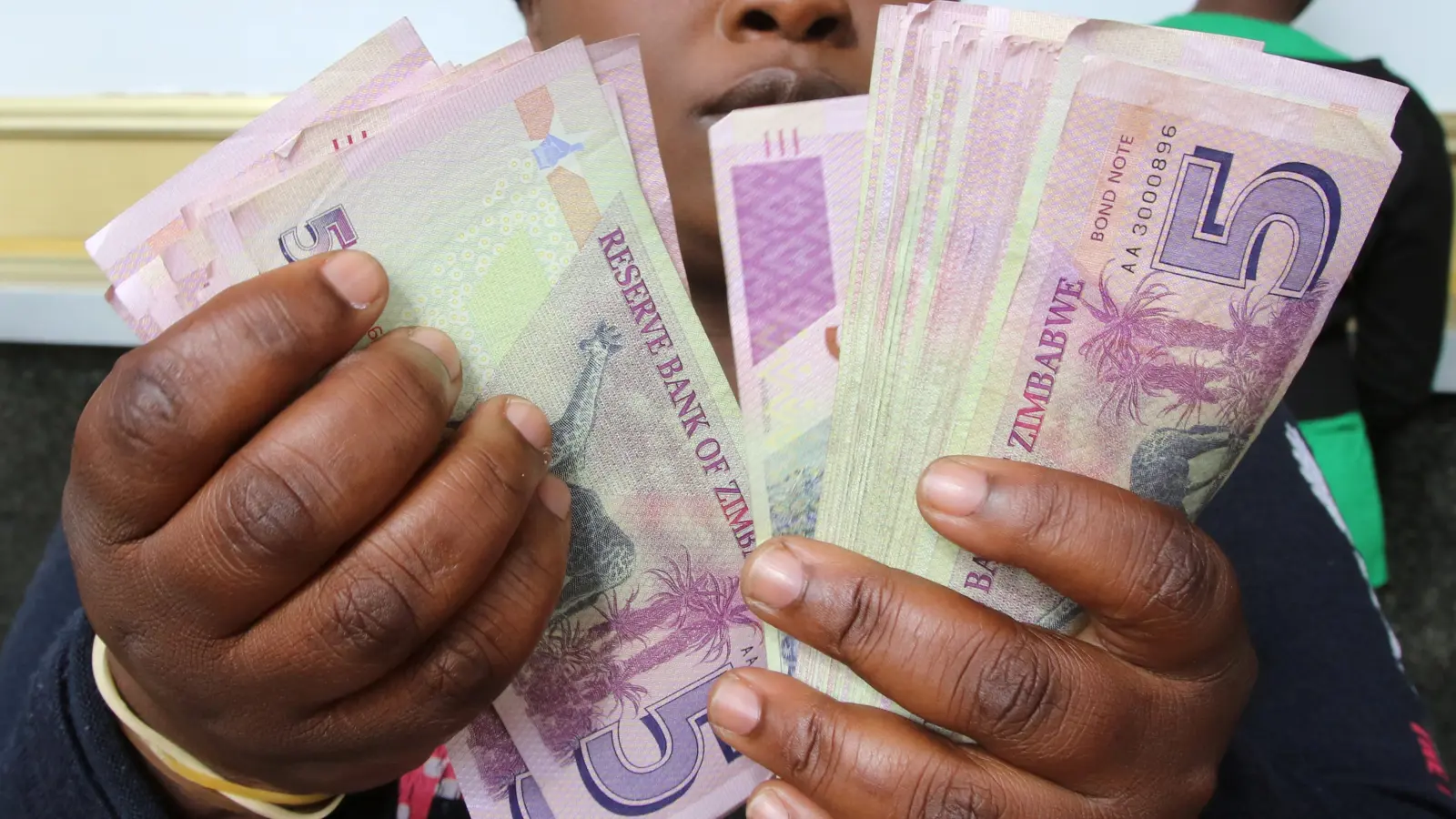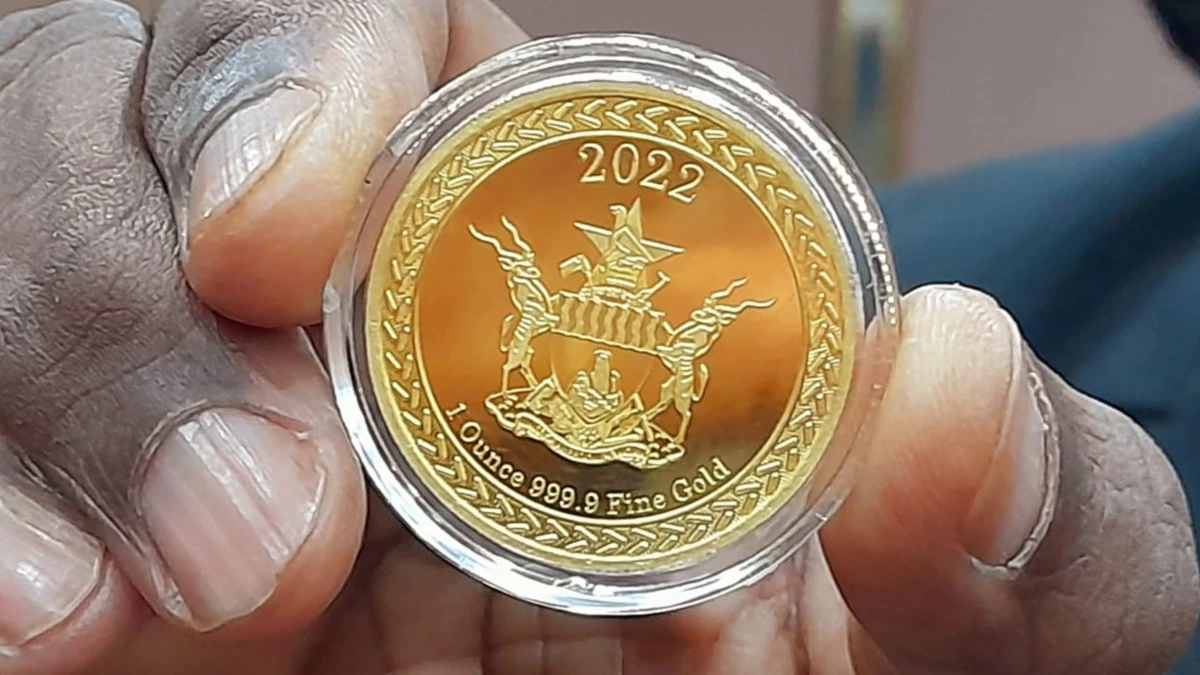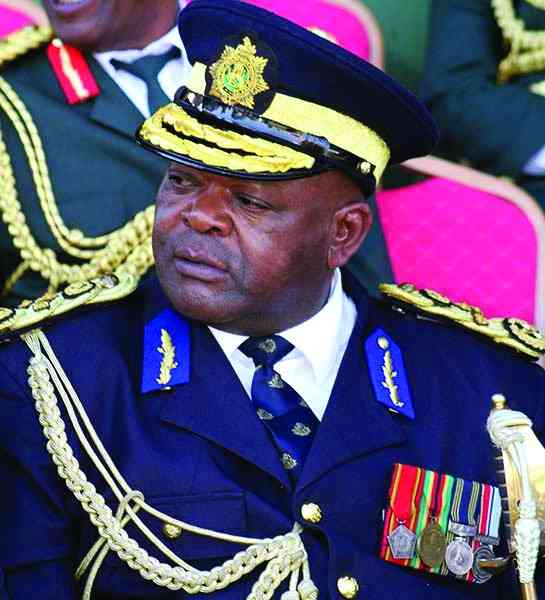
Respect Gwenzi THIS week we noticed that the rate at which the Zimbabwean dollar (Zimdollar) is losing value against the United States dollar on the formal exchange market is very steep and breaks all prior records since June 2020.
Before the current steep sloping trend, the Zimdollar had enjoyed what we have termed relative stability, a fair decline compared to the past, but not entirely a stable performance when looked at against other currencies or juxtaposed against the broader economic performance of the country.
The period of relative stability began when the auction market was recalibrated in June of 2020, following which the value of trading went up and the rate of decline eased.
We viewed this not as a pure form of stability. We were of the view that while the pace of decline has slowed down, the slower movement was still concerning and impacting negatively on trading and other operations in the economy.
We concluded that the currency was not yet stable and even as there was no indication of stability on the near term. These conclusions were based on the view that underlying economic fundamentals are not yet sound.
In the current week, the Zimdollar lost 2,9%, its second worst performance since the beginning of the year. So far in the year the auction market has conducted eight weekly sessions and cumulatively lose 20,7%.
The outturn is not so much below the 2021 full year depreciation of 28%. At this pace, the Zimdollar would have lost as much value as it lost last year, by mid of April, a period of just three and half months.
This shows the magnitude of current year loss relative to prior years. Authorities have maintained that the exchanged rate has stabilised despite this worse off performance.
- Chamisa under fire over US$120K donation
- Mavhunga puts DeMbare into Chibuku quarterfinals
- Pension funds bet on Cabora Bassa oilfields
- Councils defy govt fire tender directive
Keep Reading
They charge that the underlying economic fundamentals are sound and firm enough to support the currency. This has been proved to be wrong and misleading based on the currency’s actual performance.
The question as always is, how far down will the currency have to fall before it effectively stabilises against the US dollar. We view stability as annual depreciation/appreciation range of between -10% to +10% per annum.
We also consider that stability should not only be measured in terms of currency movement, given the inherent challenges around valuations based on markets.
In the instances where a currency is trading at a parallel market premium of more than 20%, it reflects on the weakness of the formal market.
In other words, a huge parallel market premium shows that there is high arbitrage opportunities and inaccessibility to formal markets and a greater reliance on the informal markets. Under these conditions it becomes less useful and informing to rely on the formal market exchange rate in the quest to ascertain the extent of currency stability.
The building blocks to a stable currency Over the past few years, the government has shown a willingness to liberalise the economy and with it the currency. Liberalisation of the economy and the currency, over time reduces rent seeking behaviour, which would have been motivated by a subsidy approach.
For example, the Zimbabwe government was highly subsidising fuel, before liberalisation of the commodity’s trade. The market was paying about half the price and the rest was paid by government and more purely by exporters, whose export receipts were ceded at sub optimal levels through the surrender scheme.
Those with access to formal market funding would source and procure commodities but go on to sell the products at prices higher than the auction rate.
It is still the case for most operators whose effective exchange rate is way higher than the auction market. However, it is the overall levels that we consider to have subsided and therefore encourage market economics.
Without a market-based approach, the currency cannot be stable or deemed to be stable because of the levels of manipulation that would be going on in the background.
The government has also improved on fiscal discipline which has ensured that a budgetary balance be achieved. Between 2019 and 2021, a marginal budget surplus has been achieved.
This means expenditure has been kept under control and in line with the budget. Without the excesses, deficits are minimised and borrowings to finance off budget expenditure are also curtailed.
This was one of the biggest economic destabilising factor during the second half period of dollarisation. Government resorted to excessive borrowings through issuance of Treasury Bills (TBs) and at peak, outstanding TBs issues totaled US$8,2 billion.
At the respective time, Zimbabwe’s Gross Domestic Product (GDP) was estimated at US$18 billion, while foreign debt totaled US$10 billion, which meant that the overall debt to Gross Domestic Product ratio was way over 100%.
The country’s ability to service both the local and foreign debt was just not there and this may have been another factor to motivate the reintroduction of the local currency.
Introducing the local currency meant that the internal debt component of the overall debt would vanish like that, resulting in the reduction of total debt by almost 50%.
This was a bonus to government. A balancing fiscus is considered a positive factor and condition leading to currency stability. However there are other factors that influence its stability.
For an example, a country can achieve a fiscal balance by merely reducing its expenses and not necessarily growing its income (GDP).
In this instance, the country will be dampening aggregate demand and growth may be stunted to negative, which is counteractive of the rebalancing act.
Looking at the Zimbabwe scenario, the budgetary balance that has been achieved over the years is as a result of higher inflation, which has eroded incomes and hence deflated salaries to the extent that the civil service is now earning almost a third of dollarisation incomes.
The real challenge becomes that of sustaining the run into the future. It is not possible to grow the economy under such conditions and even avoid incidences such as civil unrest.
Outside of wages, the dilapidated health infrastructure is of concern and restoring it would demand substantial financial commitments.
So the present form of budgetary balances, in our view, is not sustainable and hence cannot be relied on in determining that the fundamentals are in shape.
Sound fundamentals will entail that the economy builds sufficient foreign currency reserves, achieves a growth in national income and revenues, reduces taxation levels, upgrades infrastructure, restructures parastatals and other quasi fiscal entities, uproots corruption and upholds the rule of law.
Gwenzi is a financial analyst and MD of Equity Axis, a financial media firm offering business intelligence, economic and equity research. — [email protected]











